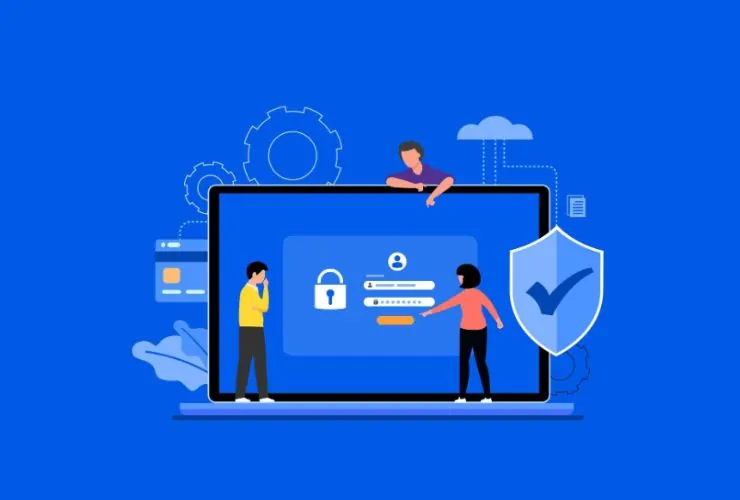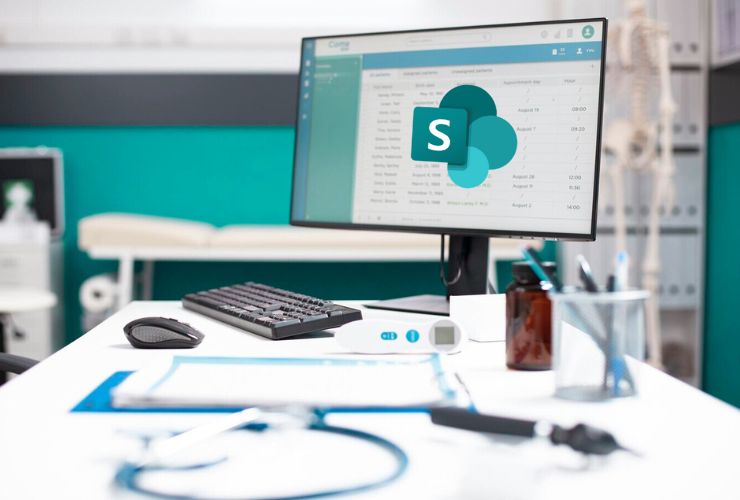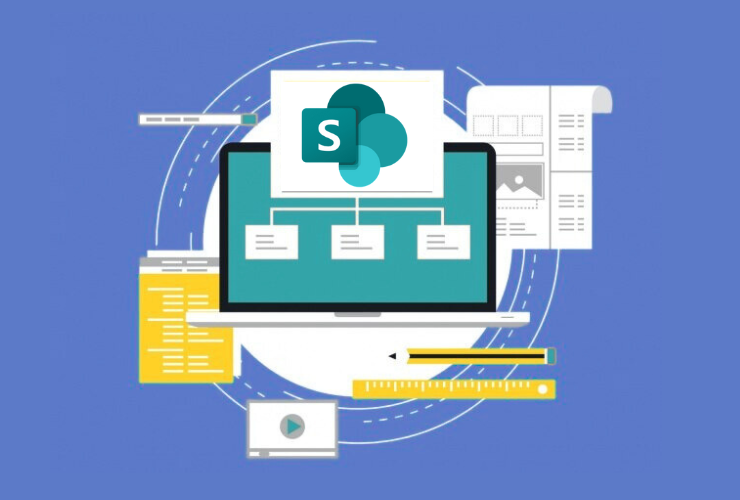Security is an indispensable aspect of any digital collaboration platform. SharePoint is one of the most popular document management and enterprise content systems available, so it should include a solid, multi-layered security infrastructure that protects sensitive business information, adheres to regulatory mandates, and is nimble enough to avoid threats.
Incorporate an accepted security practice in virtually every implementation of SharePoint…..Whether using SharePoint Online as part of the Microsoft 365 platform, or relying on an on-premise implementation, security practices that have been widely accepted within the industry are essential to limiting risk and providing comfort to your organization.
1. Employ Role-Based Access Control (RBAC)
First, granular access control forms the basis for a secure SharePoint environment. Avoid any defaulting to full control or site wide permissions.
- You should define user roles based on job functions and the least privilege principle.
- Establish security groups in Azure Active Directory and assign users to these groups.
- Complete an access audit quarterly or monthly to monitor compliance, and delete inactive user accounts and any outdated job functions.
Pro Tip: SharePoint’s permission inheritance can be useful, so break inheritance where possible to provide better administration and avoid unnecessary complication.
2. Use Multi-Factor Authentication
Multi-Factor Authentication (MFA) significantly reduces the chances of unauthorized access from a compromised password.
- Utilize MFA with Microsoft Entra ID (formerly Azure AD).
- Require MFA for not only employees, but also guest and external users.
- Dynamic access policies can be used with MFA for further control (such as denying access from untrusted sites or unknown location).
- MFA can reduce the chance of account compromise by more than 99% and is necessary security control.
3. Utilize Sensitivity Labels and Data Loss Prevention (DLP)
Protection of sensitive content starts with classification and a policy that is enforced automatically.
- Label documents with a sensitivity label (Public, Internal, Confidential, Highly Confidential, etc.) based on confidentiality level.
- Implement DLP policies in Microsoft Purview to avoid sharing content with sensitive data (such as a credit card number or health record) inappropriately.
- Make it a habit to regularly review DLP reports to identify policy violations and analyze user behaviors.
Integrate labeling into your content lifecycle (from upload to archive).
4. Secure External Sharing
Ultimately, SharePoint makes collaborating easy in bringing organizations together, but excessive external sharing presents a significant threat vector.
- Only permitted external sharing is when absolutely necessary, and it should have controls.
- SharePoint have options to set expiration dates for links being shared.
- Restrict sharing by domain or only to authenticated users.
- Limit sharing wherever possible by prohibiting anonymous sharing.
5. Review Audit Logs & Set Alerts
Having visibility into user activity is critical for identifying and responding to potentially suspicious activity within your SharePoint environment.
- Turn on Microsoft 365 unified audit logging to monitor file access, deletions, changes to permissions, and more.
- Establish custom alerts for risky actions such as “downloaded more than X files”, or “granting permissions to external user”.
- Leverage Microsoft Defender for Cloud Apps (previously called MCAS) to enable advanced alerting and behavior analytics.
Your security team should be able to take advantage of linking your audit logs to a SIEM tool, such as Sentinel, that can assist with threat detection.
6. Maintain SharePoint and Integration
Stand still on old environments and they become ripe for exploits.
- For other Microsoft products; SharePoint Online; updates/deployments are handled for you and along with the platform, administrators need to stay on top of new features or changes.
- With on-premises, you’ll need to be proactive in patching your SharePoint deployments and hold a watch on the Microsoft release notes.
- Make sure that third-party tools, web parts or workflows that are tied to SharePoint are also secured and maintained.
Schedule a monthly patch review cycle and use a test environment to validate updates prior to rolling out to your production environment.
7. Educate Users about Security
- No matter how many technical controls are in place, if someone makes an honest mistake, it can all fall down.
- Run regular security training that covers phishing, secure file sharing, and password policy with users.
- Give users clear guidance and practical rules for daily use of SharePoint.
Conclusion
Implementing a strong SharePoint security strategy goes beyond toggling a few settings. It’s about proactive governance, user education, and continuous improvement. From enforcing the right access controls to educating users and monitoring for anomalies, each step strengthens your SharePoint environment against modern threats.
Organizations that prioritize SharePoint security not only protect their data but also build trust with customers, partners, and stakeholders.










